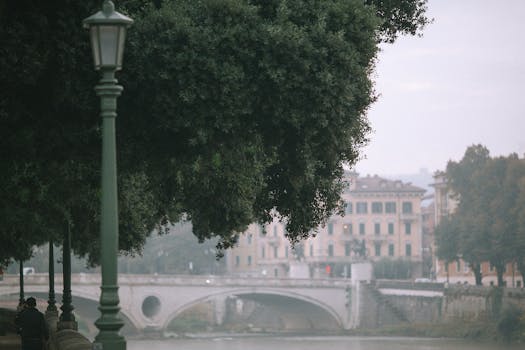
Urban Green Spaces: The Future of Outdoor Living in European Cities by 2025
Introduction to Urban Green Spaces
Urban Green Spaces are becoming increasingly important in European cities, as they provide a range of benefits for both the environment and the residents. These green spaces, including parks, gardens, and green roofs, help to mitigate the urban heat island effect, reduce air pollution, and promote biodiversity. They also offer a peaceful escape from the hustle and bustle of city life, improving mental health and well-being.
The Importance of Urban Green Spaces in European Cities
Urban Green Spaces are essential for creating sustainable and livable cities. They help to reduce the urban heat island effect, which can increase energy consumption and exacerbate heat-related illnesses. Green spaces also absorb carbon dioxide, produce oxygen, and filter out pollutants, improving air quality and contributing to a healthier environment.
Benefits of Urban Green Spaces
Urban Green Spaces offer numerous benefits for residents, including improved physical and mental health, increased social interaction, and enhanced recreational opportunities. They also provide habitat for wildlife, supporting urban biodiversity and ecosystem services. Furthermore, green spaces can help to reduce urban noise pollution, improve air quality, and increase property values.
Creating Sustainable Urban Green Spaces
To create sustainable urban green spaces, cities must adopt a holistic approach, considering the social, economic, and environmental aspects of green infrastructure. This involves engaging with local communities, incorporating green spaces into urban planning, and using sustainable materials and management practices. By doing so, cities can ensure that their green spaces are not only aesthetically pleasing but also environmentally sustainable and socially beneficial.
Challenges and Opportunities for Urban Green Spaces
Despite the many benefits of urban green spaces, there are also challenges to be addressed. These include limited funding, lack of space, and conflicting land-use priorities. However, these challenges also present opportunities for innovation and creative problem-solving. By adopting new technologies, such as green roofs and walls, and incorporating green spaces into urban design, cities can overcome these challenges and create thriving, sustainable urban environments.
Conclusion
In conclusion, urban green spaces are a vital component of sustainable and livable European cities. By prioritizing the creation and maintenance of these spaces, cities can promote environmental sustainability, improve public health, and enhance the quality of life for residents. As we look to the future, it is essential that we continue to invest in and protect these valuable resources, ensuring that they remain a cornerstone of urban planning and development by 2025.



